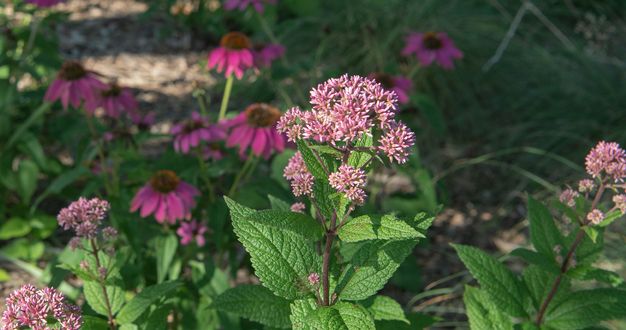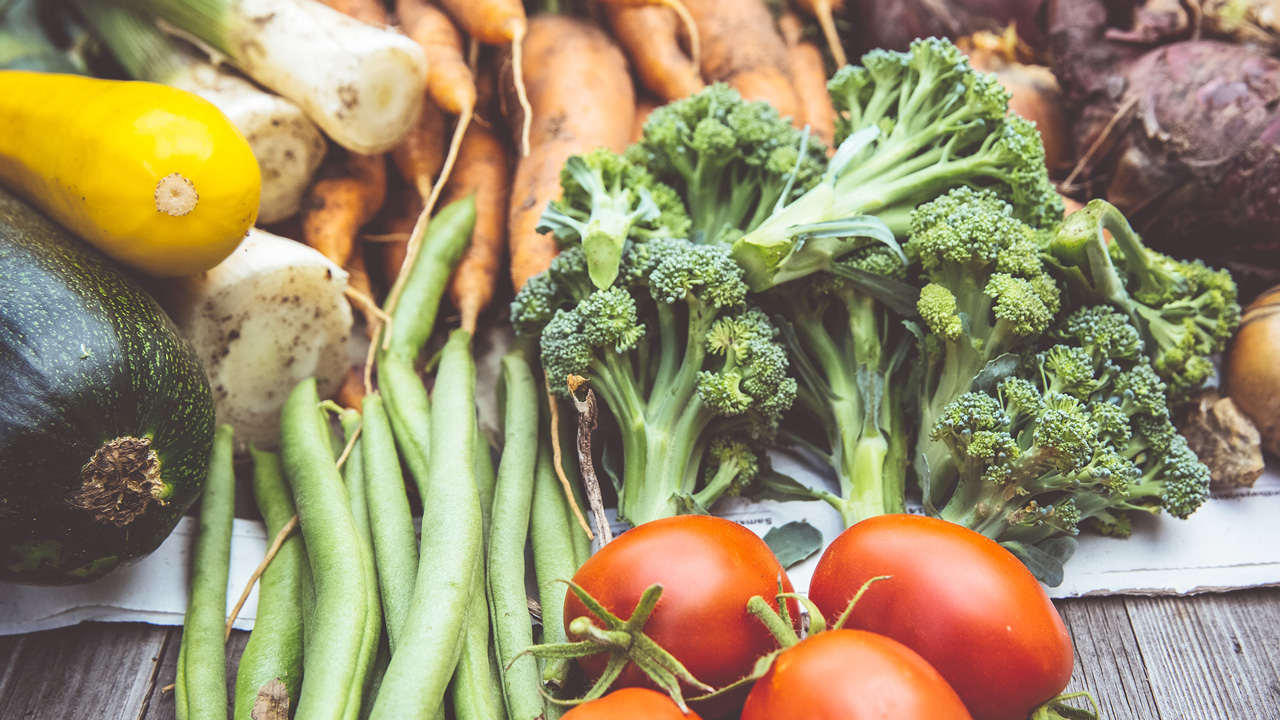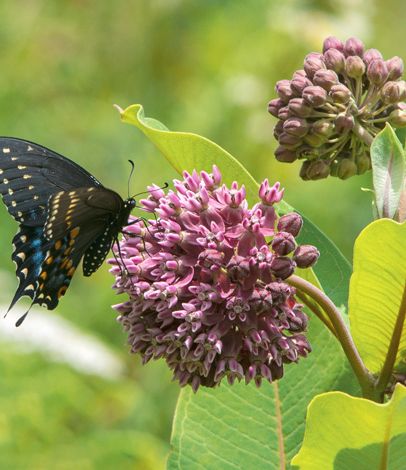
Your vegetable garden is growing lush under the summer sun, and maybe some of those plants are beginning to produce that delicious food you’ve been waiting for. Things are coming along nicely, but how do you know when it’s really time to gather and enjoy the results of your care and hard work?
From tomatoes to lettuce to cantaloupe, each variety has an optimal time when its flavor and texture are at their peak. Here, we share a few tips for picking several of your garden favorites at just the right time to capture that delicious magic. And if you have any extra produce to share, we invite you to join us this summer in the fight for food security in our community.

Before You Start
Each vegetable shows different clues that it’s ready for harvest. Even so, there are a few general guidelines to keep in mind as you start picking.
- Look for the “time to harvest” interval on the tag or seed packet to get an idea of how long each vegetable takes to be ready for picking. When that time approaches on the calendar, start checking for signs the vegetables are ready to harvest.
- Remember bigger vegetables aren’t always the best Many varieties – such as cucumbers, zucchini, and green beans – are the most tender and full of flavor long before they reach full size and botanical maturity.
- Check the garden daily. Once harvest time begins, development happens fast. Regular checking and harvesting keeps you from missing vegetables at their prime – and in many cases, encourages more production too.

The Best Time to Harvest These Garden Favorites
Tomatoes
An exception to the “smaller is better” guideline, tomatoes are best when they’ve reached full color and easily come off the vine when you pick them. But, if you need to pick a little early, that’s ok too. Partially ripened tomatoes will continue to develop on the counter at room temperature.
Peppers
Sweet peppers like green peppers are pretty easy – just pick whenever they reach the size you want. For hot peppers, wait until they’ve reached their mature red, orange, or yellow color before harvesting.
Squash
Summer squashes like zucchini and yellow squash are ready when they’re about six inches long and you can puncture the tender skin with a thumbnail. Keep an eye out though – these veggies like to hide under the foliage, grow huge almost overnight, and then lose their tenderness and flavor. So, be sure to check back often and turn over every leaf.
Eggplant
Pick eggplant when it’s about three to six inches long and shiny on the outside. A dull eggplant is an overripe eggplant. And bring your clippers along – the stems are tough and hard to snap with your fingers.
Cucumber
The best time to pick a cucumber depends on its type. A slicing cucumber is ready when it’s about six inches long and a nice, dark green. A pickle cucumber is best picked when it’s only about one to three inches long. And like squash, cukes like to hide and quickly overshoot their prime, so don’t let a day go by without checking.
Melon
If you have cantaloupe, pick one up. Did it slip right off the vine? If it did, it’s at the “slip stage” and ready to enjoy. For watermelon, there are other clues to look for. One, if the faded spot on the bottom where the melon rests on the ground is a deep yellow color, then it’s ready. You can also try thumping it to see if it sounds “hollow,” but that’s not quite as reliable a measure.
Broccoli
We eat broccoli’s clusters of unopened flower buds, so the best time to harvest is when those buds are compact and before they bloom yellow. Keep in mind that a head of homegrown broccoli will likely be smaller than what you see in the store, so pick when the buds are firm and green without waiting for the head to grow large. To harvest, use a knife to cut off the top cluster, leaving the smaller side clusters to continue developing.
Cauliflower
Like broccoli, it’s time to harvest cauliflower when the heads are tight and compact – not when they get as big as one from the grocery store. If you wait too long, the clusters start to separate and lose their texture and flavor.
Brussels Sprouts
Brussels sprouts grow like beads along tall stalks, starting development at the bottom and moving up – so picking follows that pattern too. Begin harvesting when the first buds at the bottom are firm and a little over an inch in diameter, then enjoy more developing sprouts as they move up the stalk over the next several weeks.
Pole or Bush Beans
There’s a reason these beans are often called “snap” beans – they’re ready to harvest when their pods snap easily in two with gentle bending. For the most tender and flavorful beans, gather the pods while they’re a dark green color and before the seeds fill them completely.
Leaf Greens
Fresh leaf greens like lettuce, kale, arugula, and Swiss chard follow a similar pattern when it comes to harvest. When the leaves are several inches tall, begin harvest from the outside of the bunch, letting the smaller inner leaves continue to develop.

Donate Your Extra Produce!
In collaboration with our friends at Whispering Roots, we’re accepting donations of fresh produce from the garden as part of our Plant to Give program. So, if you have any extra produce to share, bring it in during our select drop-off hours, and it’ll be turned into delicious and nutritious meals served at local shelters – or shared directly with dozens of underserved communities in our city.
There’s Nothing Like a Fresh Summer Harvest
Your nurturing is beginning to pay off in fresh, flavorful food to enjoy over the coming weeks and months. But if you’re not sure when to pick, don’t hesitate to ask. We’re here to help you get the most out of your bountiful garden.


